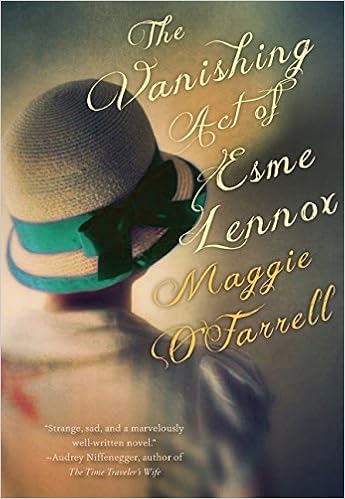I was looking for another mystery series and opted for this highly-rated
first instalment in a series set in early 20th-century India where
the protagonist is Bombay’s first female solicitor.
Preveen Mistry is a member of a wealthy and well-respected Parsi
family. Oxford-educated, she works alongside
her father in the family law firm. A
client has died and left the financial affairs of his three widows in the hands
of Faisal Mukri, his household agent. When
Mukri writes to the law firm indicating that the widows want to relinquish their
portions of their husband’s assets to an Islamic charitable trust, Preveen
worries that the women, who live in strict seclusion, may not be aware of the
full consequences of their decision.
Anxious to protect their interests, she meets with them and determines
that tensions exist among the three women.
Then a murder occurs and several people in the household, including the
widows, have motives. Preveen is
determined to uncover the truth.
Interspersed with this mystery is Preveen’s backstory. Via flashbacks to five years earlier, we
learn of Preveen’s whirlwind romance with Cyrus Sodawalla, a relationship initially
kept hidden from her family. Though the
details are revealed slowly, there are several hints that the results of that
relationship were disastrous; for example, her best friend comments, “’Interesting,
isn’t it, that neither you nor I can marry?’”
It becomes clear that Preveen’s experiences have made her the woman she
is, a passionate defender of the rights of women.
Preveen is an appealing heroine.
She is intelligent, determined and spirited. Because of the personal struggles she has
endured, she is compassionate and thoughtful.
Because she lives in a time and place where misogyny is part of the
culture and even refusing to comply with a man’s request is dangerous, she has
many constraints on her freedom. Nonetheless,
she manages to do what she feels she must do to protect the widows and pursue
truth and justice. Fortunately for her,
her gender gives her access to the widows that official investigators do not have, and she has a very supportive family.
Preveen is likeable as well because her actions and words show she
values gender equality, religious tolerance, and racial harmony.
At first, I found myself getting impatient with the story of Preveen’s
romance with Cyrus; it almost felt like the book was becoming more of a romance
than a mystery or legal thriller.
However, I’m glad I persevered because that part of the narrative explains
so much about Preveen and illuminates the treatment of women in India one
hundred years ago, even those women who had the advantages of wealth.
I’ve always been fascinated by India and its diversity, and this novel
depicts that diversity so well. There is
a great deal of information about food, cultural traditions and religious
practices, but it is not given in a heavy-handed fashion but as an integral
part of the narrative. Reading the book
is like breaking down the barriers between peoples, “The boundaries communities
drew around themselves [that] seemed to narrow their lives – whether it was
women and men, Hindus and Muslims, or Parsis and everyone else.”
The Widows of Malabar Hill is
a perfect summer read. A second book in
the series was released in May; I will definitely be picking up The Satapur Moonstone.







